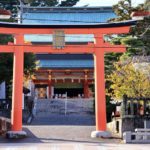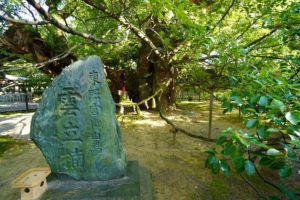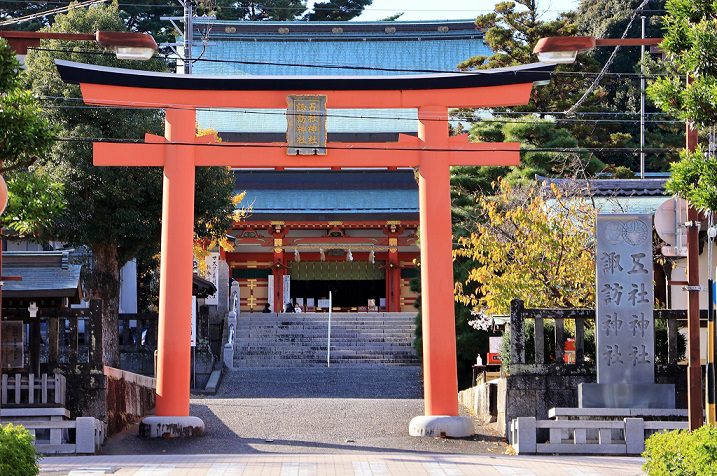 With its many historical monuments and ancient shrines, the ways to steep yourself in history in the land of the rising sun are endless. The historical castle town of Hamamatsu gives travellers a unique insight into Japan’s fascinating past by having them follow in the footsteps of Japanese “shogun” (*) Tokugawa Ieyasu.
With its many historical monuments and ancient shrines, the ways to steep yourself in history in the land of the rising sun are endless. The historical castle town of Hamamatsu gives travellers a unique insight into Japan’s fascinating past by having them follow in the footsteps of Japanese “shogun” (*) Tokugawa Ieyasu.
Tokugawa Ieyasu spent ages 29 to 45 living in Hamamatsu, and these years laid the foundation for him to become the influential figure that he became. Subsequent Hamamatsu castle owners also rose to important positions within the Edo Shogunate. In the modern era, Hamamatsu persisted as a town of manufacturing, as global companies were born and fostered here one after another. The city has therefore become known as ”City of Success”.
Create your own Shogun Tour in Hamamatsu by visiting these historic locations:
Hamamatsu Castle: This castle is referred to as the “Castle of Success” because Tokugawa Ieyasu, the first Shogun of the Tokugawa family, lived here for 17 years. Like many castles in Japan, it was destroyed during the Meiji Restoration before being rebuilt in 1958. If you climb up the castle tower, you are rewarded with a panoramic view of the whole city of Hamamatsu.
Hamamatsu Hachimangu shrine: This shrine has deep connections with Tokugawa Ieyasu who moved to Hamamatsu Castle when he was 29 years old. It is said that the Hamamatsu Hachimangu shrine used to be located close to the castle and in the direction of “kimon.” When a shrine is faced in the direction of “kimon,” it is considered a guardian of the castle near it, so Tokugawa Ieyasu worshipped there many times while he lived in Hamamatsu Castle.
Motoshiro Toshogu shrine: Motoshirocho Toshogu shrine was built on the ruins of Hikima Castle, the place where Tokugawa Ieyasu lived from the time he entered Hamamatsu until the time Hamamatsu Castle was built in its current location. Today, the shrine is referred to as “Success Shrine” and is visited by many worshipers.
Gosha Shrine and Suwa Shrine: Gosha Shrine was relocated from Hamamatsu Castle to its current location by Tokugawa Ieyasu when the second shogun, Hidetada, was born. Gosha Shrine and Suwa Shrine merged in 1962 and continue to fascinate through their deep ties with the Tokugawa family.
Tea room Shointei: What better way to wrap up your tour than by sampling delicious matcha or sencha and sweets in a traditional Japanese tea room? This zen oasis overlooks a lush green Japanese garden that is home to a small waterfall and inhabited by various wild birds.
For more information, visit https://www.hamamatsu-japan.com/




















